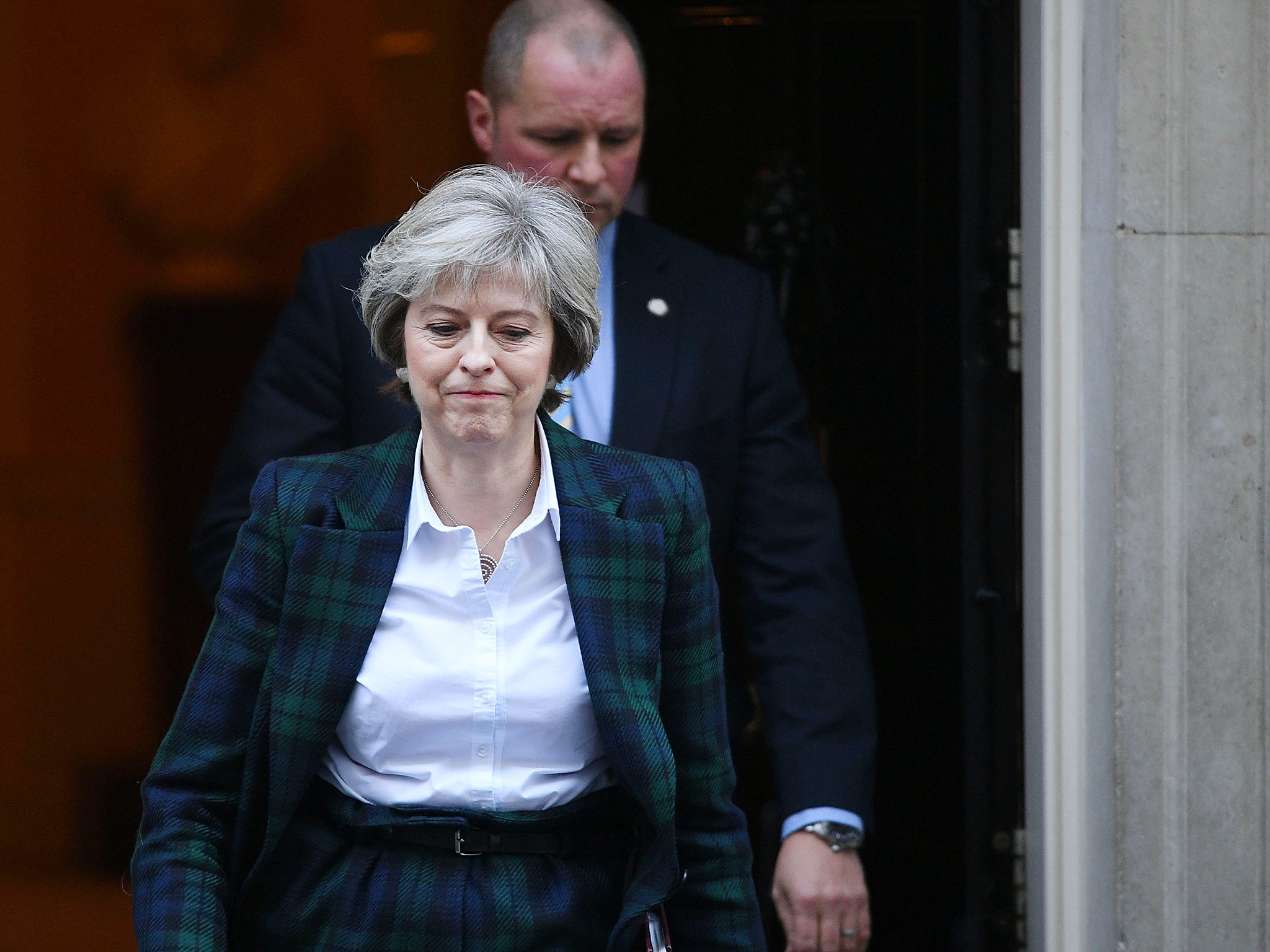The biggest problem with Theresa May is not what she said. It's what she didn't say
Although Downing Street billed the speech as the 'plan for Brexit', it was only a partial one. If it were fleshed out in the White Paper that many MPs in all parties want, there would be a lot of blank pages


After six months in Downing Street, Theresa May has finally provided some clarity of what Brexit really does mean. Her negotiating cards are still close to her chest, but we now know what is written on a few of them.
However, her much-anticipated speech at Lancaster House showed that she is still sticking to Boris Johnson’s mantra and trying to have her cake and eat it. The UK will leave the single market, but wants a comprehensive free trade deal, without paying much into the EU budget or coming under the European Court of Justice. She wants a tariff-free customs agreement that leaves the UK free to strike trade deals with the rest of the EU.
In an attempt to get the negotiation off to a good start, there were plenty of warm words for the 27 EU nations; May said the UK wanted the EU and its member states to succeed and prosper, promising to use our intelligence and defence expertise to protect them. But there was a nasty sting in the tail. May gave the hard-line Brexiteers what they have been desperate to hear by threatening to walk away from the talks if Britain was heading for a bad deal.
The alternative “no deal” she mentioned would be the default position of the tariff-based regime of the World Trade Organisation (WTO), with a potentially damaging effect on UK business. If EU leaders punished Britain with a bad deal, she warned, the UK would retaliate by changing its economic model – a threat to undercut the 27 by reducing business taxes and becoming a Singapore on the EU’s edge. Her tough language undermined her attempt to reach out to the EU. She didn’t need to issue the threat now; Philip Hammond, the Chancellor, made the point on Sunday. It sounded more like Donald Trump than the close European partner committed to free trade who May claimed to be.
Although Downing Street billed the speech as the “plan for Brexit”, it was only a partial one. If it were fleshed out in the White Paper that many MPs in all parties want, there would be a lot of blank pages.
May admitted she had an “open mind” on how a new customs agreement would work. That reflects unresolved tensions in the Cabinet, with Hammond keen to keep something close to the present customs union but Liam Fox, the International Trade Secretary, anxious to limit its scope to make it easier to win deals with non-EU countries.
The biggest omission was on immigration. We already knew it was May’s number one “red line”, but there was no detail about how the UK will regain control of EU migration. She dodged questions about whether EU citizens would have preferential access to the UK or be treated in the same way as people from other nations. There are huge unresolved questions about work permits, quotas and caps, especially for low-skilled EU migrants.

Nor was there any clue about how a hard border between Northern Ireland and Ireland can be avoided, as May wants, or how the tensions over Brexit between UK ministers and the Scottish Government can be resolved – only warm words about consultation.
The hole at the heart of the speech was about Parliament’s scrutiny of the Brexit process. May talked up her announcement that the Commons and Lords would have a vote on the exit deal. But this was no concession; how could the Government deny the UK Parliament a vote when the European Parliament will have one?
May’s pledge was much less significant than it sounded. Answering questions, she pointedly refused to say whether Britain would remain in the EU if Parliament voted against the deal. No doubt ministers will argue that triggering Article 50 of the Lisbon Treaty to kick start negotiations is “irreversible”, and so there will be no way back to EU membership. But that is not how EU diplomats and legal experts see it, and there would probably be political will among the 27 leaders to keep their awkward partner in the club.
May’s reluctance to speculate about what would happen if MPs and peers reject her deal unmasks her real strategy: to present them with a “take it or leave it” offer so they endorse her agreement, however bad it is for Britain, because the only alternative would be a leap into the dark of WTO tariffs.
A prime minister really committed to restoring the sovereignty of the UK Parliament would give it a series of running votes to approve the Brexit process, perhaps every six months during the two year timeframe. That would give MPs and peers real influence – not over the fine print of the negotiations, but the shape of the final deal. May probably won’t do it. She would rather deny Parliament a real choice, in the hope of pressurising pro-European Conservative MPs into voting for the lesser of two evils.
Join our commenting forum
Join thought-provoking conversations, follow other Independent readers and see their replies
Comments